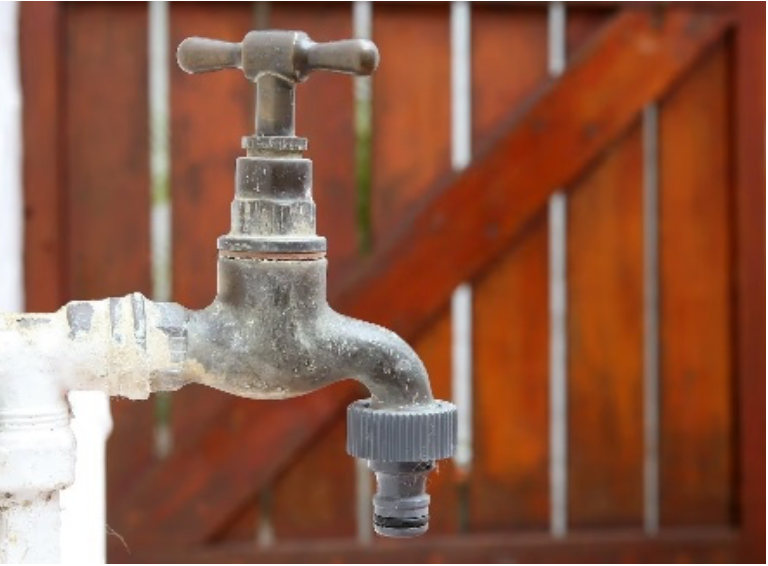
If a premises has any form of mains water supply, then the water fittings regulations in England, Wales and Northern Ireland, byelaws in Scotland, apply.
These legal requirements play an important role in protecting public health and safeguarding water supplies. Their purpose includes preventing the contamination and waste of water supplied by a water undertaker once it has entered a customer’s plumbing system.
A hose union tap is a tap to which a hose can be connected.
Hoses attached to hose union taps are considered to be a high contamination risk. This is because backflow via a hosepipe submerged in a bucket, trough, puddle, drain or pond is a very real possibility.
Conversely a tap to which a hose cannot be connected is called a bib tap. Providing that a suitable gap between the tap outlet and the spill over level of whatever it is discharging water into is maintained at all times these taps are typically considered to be a lower risk than a hose union tap.
Regulation 3 England & Wales
Regulation 3 Northern Ireland
Byelaw 3 Scotland
Regulation 4 England & Wales
Regulation 4 Northern Ireland
Byelaw 4 Scotland
Regulation 5 England & Wales
Regulation 5 Northern Ireland
Byelaw 5 Scotland
Schedule 2 paragraph 2
Schedule 2 paragraph 3
Schedule 2 paragraph 4
Schedule 2 paragraph 5
Schedule 2 paragraph 7
Schedule 2 paragraph 11
Schedule 2 paragraph 14
Schedule 2 paragraph 15
Schedule 2 paragraph 24
Regulation 5 England & Wales
Regulation 5 Northern Ireland
Byelaw 5 Scotland
Schedule 2 paragraph 2
Schedule 2 paragraph 3
Schedule 2 paragraph 4
Schedule 2 paragraph 7
Schedule 2 paragraph 11
Schedule 2 paragraph 14
Schedule 2 paragraph 15
Hose union taps
Hose union taps in bin stores
Agricultural booklet
Camping sites, caravan holiday parks and residential home park estates
Temporary Events
Temporary Events: Water Safety Plans Key Information
Regulators' Specification for backflow
Full list
We use cookies to give you the best possible experience with Water Regs UK. Some are essential to provide website functions and ensure the website is secure. We also use cookies to help us understand how people use the site and to make improvements. Click "Accept All" to enable recommended settings or click "Manage cookies" to adjust your settings. For more details, see our Cookie Policy.